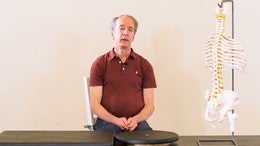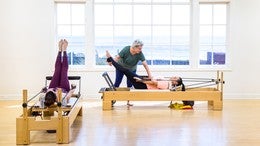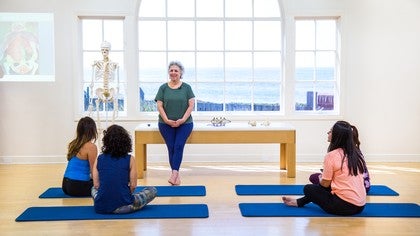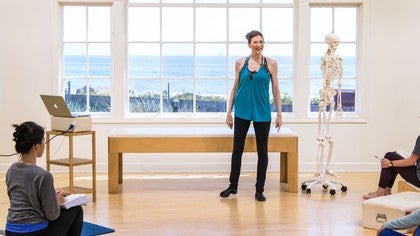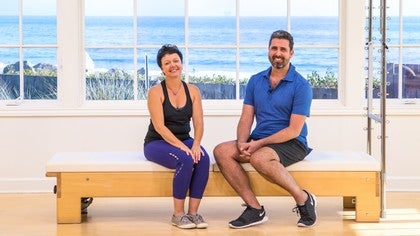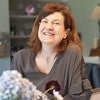Premium workshop
You can view a 2 minute preview. For details, scroll down below the video.
Description
Objectives
- Look at the design of the bones and how they influence the coordination of the muscles
- Learn how to keep the length in the psoas so you can keep a neutral position of the pelvis in movement
- Learn how to use the transversus abdominis, multifidus, and obliques to help keep better alignment of your spine and ribs during movement
- Apply the 3D core principles to movement on the Mat and Reformer
About This Video
Workshops: Anatomy and Fascia
Comments
You need to be a subscriber to post a comment.
Please Log In or Create an Account to start your free trial.

